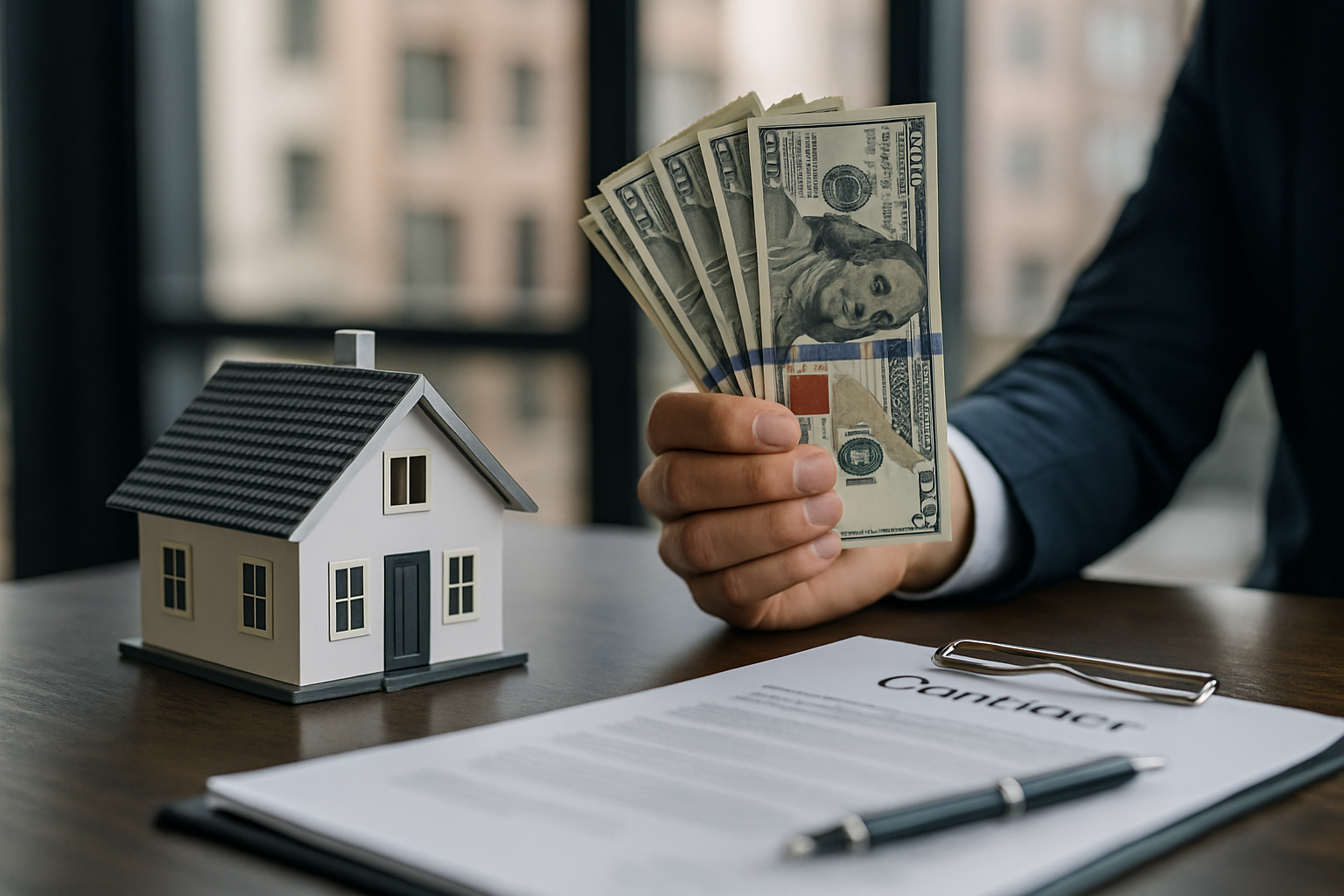Home Refinance: How It Works and What to Consider
Refinancing a home is a financial decision that replaces your current mortgage with a new loan, often to change the interest rate, loan term, or tap into equity. For homeowners, understanding how refinancing interacts with property value, mortgage terms, and personal finances can help clarify whether it fits your goals — whether lowering monthly payments, consolidating debt, or funding home improvements. This article explains the main considerations, how valuations matter, and practical steps to prepare.

How does refinancing affect your home loan?
Refinancing replaces your existing mortgage with a new one under different terms. Common types include rate-and-term refinance, which changes the interest rate or loan length, and cash-out refinance, which converts built-up equity into cash. The decision affects monthly payments, total interest paid over the loan life, and the mix of principal versus interest. Lenders will review your credit, income, and debt-to-income ratio, so the benefits depend on your financial profile and the new loan’s conditions.
How does property valuation influence refinancing?
A lender typically requires a property valuation or appraisal to confirm the home’s market value. The valuation determines loan-to-value (LTV) ratio and how much equity you can access. If a house appraises below expectations, you may not qualify for the intended loan amount or a cash-out option, and mortgage insurance requirements may change. Be prepared to provide recent comparable sales or to order a formal appraisal; some lenders accept automated valuation models as an initial estimate but may still require a full appraisal for final approval.
What steps should you take to prepare your house and paperwork?
Before applying, gather standard mortgage documentation: recent pay stubs, W-2s or tax returns, bank statements, and details of current debts and the existing mortgage. Improving your credit score and reducing outstanding balances can strengthen your application. If you plan renovations or need a higher appraisal, simple improvements like decluttering, addressing visible maintenance issues, and providing evidence of upgrades can help present the property in its best light to an appraiser and underwriter.
How will refinancing interact with your broader finance goals?
Refinancing can be a tool for reducing monthly payments, shortening the loan term, or consolidating higher-rate debt. Lowering the interest rate generally reduces monthly costs and the total interest paid, but extending the loan term can increase total interest even with a lower rate. A cash-out refinance can fund a major expense, but it converts home equity into secured debt. Consider the break-even point for closing costs versus monthly savings and how the new loan aligns with your medium- and long-term financial plans, like retirement or selling the property.
What are common costs and timelines to expect when refinancing?
Refinancing often incurs closing costs similar to initial mortgage costs: appraisal fees, title search and insurance, lender fees, and possible prepayment penalties on the existing loan. The timeline from application to closing typically ranges from a few weeks to over a month, depending on documentation completeness, appraisal scheduling, and underwriting. Ask lenders for a Loan Estimate early to compare projected fees and timelines. If you have an existing fixed-rate mortgage that you’ve held for a short time, calculate whether the savings justify the immediate costs of refinancing.
Conclusion
Refinancing a home involves balancing current financial circumstances, future goals, and the condition and valuation of the property. Careful preparation — collecting documentation, understanding how valuation affects loan-to-value, and comparing loan terms — helps you weigh the potential benefits against costs and timing. Evaluating both short-term cash flow and long-term interest implications will clarify whether refinancing is appropriate for your situation.






